healing plants of Maine
In early September, I made my way to the coast of Maine to connect with the hard working harvesters of the land and sea and to gather together some of the healing ingredients that go into our plant medicine. The most important part of my journey was meeting the spirited people who provide us with the means to create our plant medicine. Larch Hanson of the Maine Seaweed Co. provides us with his nutritious kelp seaweed for our Rejuvenation Tonic and goldenrod facial masque. I also met with Theresa and Tom Gaffney who harvest beautiful antioxidant blueberries for our Rejuvenation Tonic.
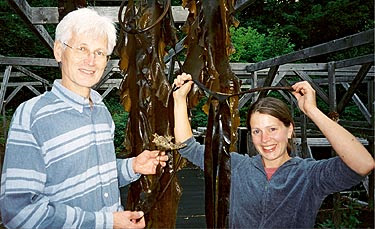
I drove up in the baby blue bee truck, equipped to carry back 2,000 pounds of organic blueberries and 75 pounds of seaweed. As I drove along Route 2, I was filled with anticipation. But after settling in to the rhythm of big wheels on a long and twisting road, I slowed my thoughts and enjoyed the winding journey. The pace gave me a chance to fully enjoy the landscape and catch the first few whiffs of the dewy, salty air as I approached the Atlantic Ocean.
The first stop I made was at the home of Larch Hanson. He has been harvesting seaweed for thirty years and currently harvests seaweed from a chain of islands off the coast of Steuben, Maine. In addition to harvesting, Larch builds his own boats, Windsor chairs, greenhouses, dome shelters, and a beautiful house complete with a spiraling light house staircase. Larch and his son David welcomed me with their charming humor, delightful food, patient teachings about seaweed harvesting, and a few Maine lobsterman jokes.
On a gray blue morning, we went fishing at the edge the five islands where the seaweed is harvested. We took out the wooden boats that Larch crafted himself. The two larger wooden boats linked together were followed by the loyal dinghies, looking like a family of ducks bobbing in the bay. All of us fully dressed in our wet suits and heavy winter jackets, we waved to the lobster men as they slowed their boats at each personalized net buoy. Approaching the islands, David recited their names by heart, as a hiker would look to the mountain range and pick out his favorite peaks. The water surrounding the islands is very pristine. There aren’t any factories, harbors, or cities in the bay. When seaweed harvesting begins there is no boat traffic.
Larch took me out in one of the small dinghies to get a closer look at the jungle of seaweed on the seafloor. We paused to peer down into the clear water to see an example of kelp or the nori clinging to the rocks. I was intrigued when I learned that many coastal people from around the world include seaweed as a part of their daily diet, yet our current culture typically does not. Seaweed is an excellent source of vitamins, minerals, and trace elements. As with many traditional foods and medicines, the wisdom and the healing of these plants still remain an untapped source of healing for many people.
The following article is written by Larch Hanson. It is a comprehensive article that highlights some of the nutritional benefits of including seaweed into our daily diets.
Through seaweeds, the earth’s sea-blood strengthens our own sea-blood that we carry within us. Seaweeds are an excellent source of trace minerals in our diet. As our air and water become more acidified through pollution, minerals are leached and depleted from our land, fields, and they wash down to the sea, where the wild seaweeds incorporate them. When we eat seaweeds we take these minerals back into our bodies, and these minerals help us maintain an alkaline condition in our bloodstream, which is a healthy condition, resistant to fatigue and stress.
Seaweeds have admirable qualities: they are flexible, they are tenacious, they are prolific, and they are the oldest family of plants on earth. These plants link us to the primitive vitality of the sea. They strengthen our own primitive glandular system and nervous system. Don’t fear salt. Salt is necessary to life. If you are willing to sweat, you can move salt through you, and in the process, you will be actively creating your life and your dream from the universe-intellect structures of the complex salts and trace elements of the Universe. Quality counts more than quantity. If you eat the more complex salts of the sea, you will have less craving for simple junk food salt, and you will find yourself becoming more whole, satisfied and healthy.
Honey Gardens uses the seaweed that Larch collects in our Rejuvenation Tonic and facial masque. At the honey house, we enjoy munching on his nutritious dulse seaweed. For information on how to include this healthy food in your diet, click here for dulse recipes.
After a delightful stay with Larch and his son, I made my way south to Stockton Springs, Maine to meet with Theresa and Tom Gaffney and family at their organic farm, Highland Blueberries. A warm glow of hospitality followed my late arrival. Theresa welcomed me into her house and over a cup of tea, we talked about the interdependency of healing each other and our communities. As the darkness settled in, I was in a state of wonder at the vast 22 acres of organic blueberries that thrived on the land behind their house and the hard work the family puts into the harvest season each year. I was truly humbled by their vision, spirit, and integrity. Healing and antioxidant qualities are encapsulated in the joyful blueberries from their farm.
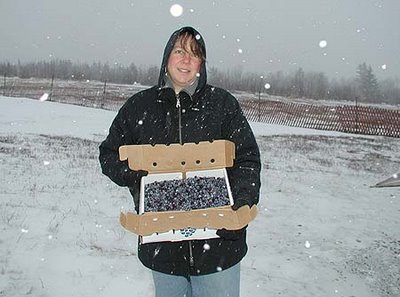
Theresa showed me pictures of her hard working crew of neighborhood children with smiling faces. Every summer for blueberry harvest, they give the opportunity to these children to have the responsibility and rewards of a job.
Before I left at 5 am in the morning, Tom and Theresa helped me to pack the mother lode of 2,000 pounds of blueberries onto the back of the blue truck. It was a challenge in the early frosty morning air to piece together all of the boxes of blueberries in an orderly fashion, but we were able to wrap and insulate the entire package just before the sun started to rise above the horizon. Returning to Vermont with a load of Maine organic blueberries and wild crafted seaweed, I felt grateful for all the hard work of both the harvesters.
The passion and integrity of these healers is significant, obvious by the way they choose to lead their lives. They live in a simple grace that isn’t imposing or preachy. Not much needed to be said, it was all there, the sparkle in their eyes as they took me out into the fields and out to their islands. A celebration of spirit and healing is what I found in the people that provide us with these vibrant plants. The opportunity to meet and interact with the people who put all the love and integrity into the healing plants was an inspiring gift…….
Vermont cat in winter
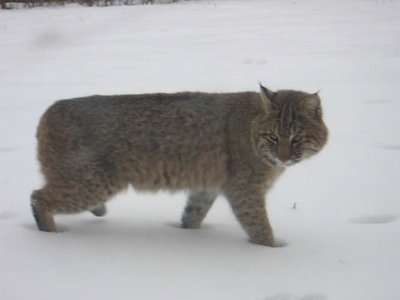
on land where our bees live. The sacred is all around us.
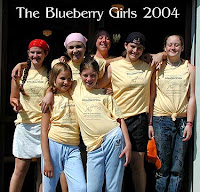 continues, and snow is on the ground in northern Vermont. At the end of this growing season, I think about what great grandfather Thomas told us as he reflected on his life as a farmer, “The best fertilizer is always the imprint of the owner’s feet.” There are so many feet that have made our work possible this season; thank you so much.
continues, and snow is on the ground in northern Vermont. At the end of this growing season, I think about what great grandfather Thomas told us as he reflected on his life as a farmer, “The best fertilizer is always the imprint of the owner’s feet.” There are so many feet that have made our work possible this season; thank you so much. As we move towards winter and the solstice, we offer our pure lemon yellow beeswax candles and beeswax for your own candle making. The beeswax from the bees and flowers burns pure and actually changes the charges on ions in the air, similar to what happens when you stand next to a waterfall or take a shower. People report this cleaner air helps with their allergies and sinus conditions. Burning a paraffin candles in your home is like burning a old tire in your living room;it is not safe.
As we move towards winter and the solstice, we offer our pure lemon yellow beeswax candles and beeswax for your own candle making. The beeswax from the bees and flowers burns pure and actually changes the charges on ions in the air, similar to what happens when you stand next to a waterfall or take a shower. People report this cleaner air helps with their allergies and sinus conditions. Burning a paraffin candles in your home is like burning a old tire in your living room;it is not safe.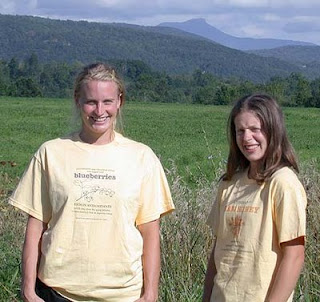

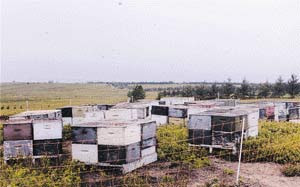
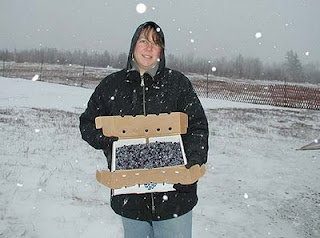
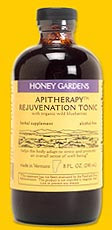 After months of working together with a team from the honey house, Cornell University, Geneva, NY, the University of Vermont, the Vermont Food Venture Center, and the University of Maine, we have made Rejuvenation Tonic. With organic wild blueberries from Theresa and Tom Gaffney’s organic blueberry farm in Stockton Springs, Maine, this tonic will nutrify and support our bodies well being via the vitamin and mineral content and enzymes of its ingredients. Rejuvenation Tonic will help the body adapt to stress and promote an overall sense of well-being.
After months of working together with a team from the honey house, Cornell University, Geneva, NY, the University of Vermont, the Vermont Food Venture Center, and the University of Maine, we have made Rejuvenation Tonic. With organic wild blueberries from Theresa and Tom Gaffney’s organic blueberry farm in Stockton Springs, Maine, this tonic will nutrify and support our bodies well being via the vitamin and mineral content and enzymes of its ingredients. Rejuvenation Tonic will help the body adapt to stress and promote an overall sense of well-being.